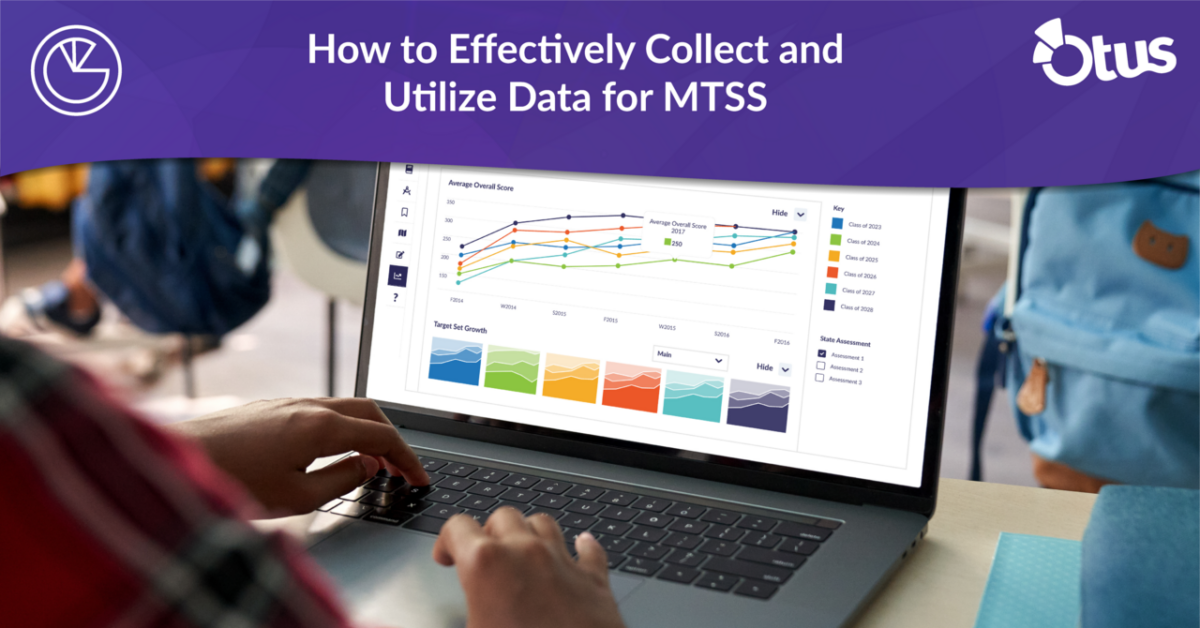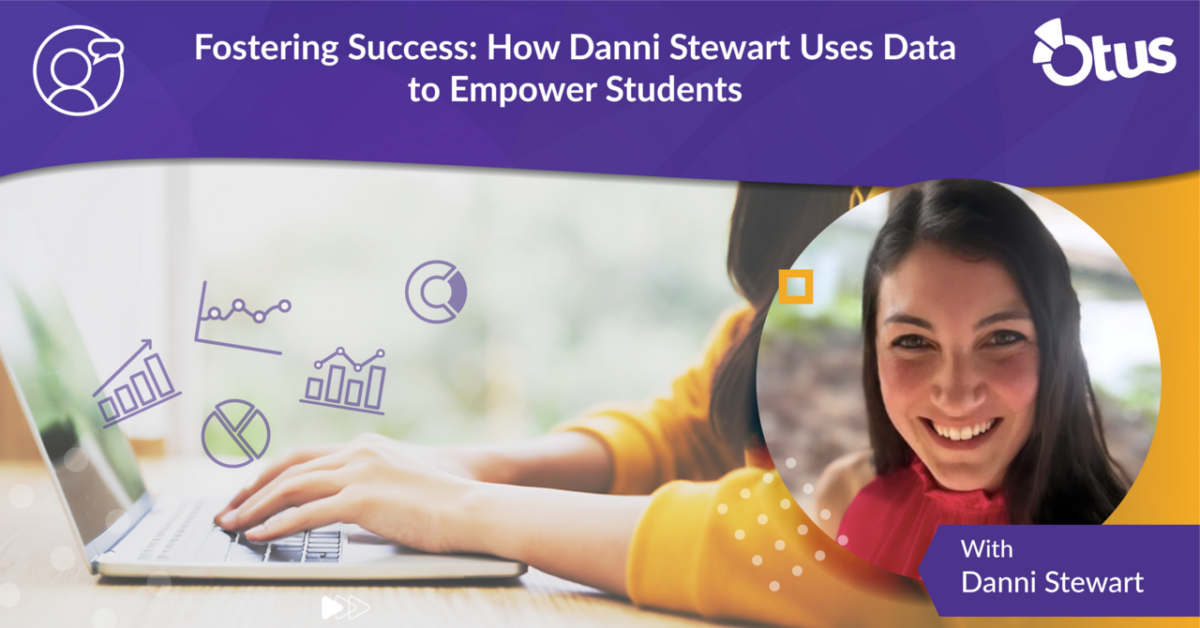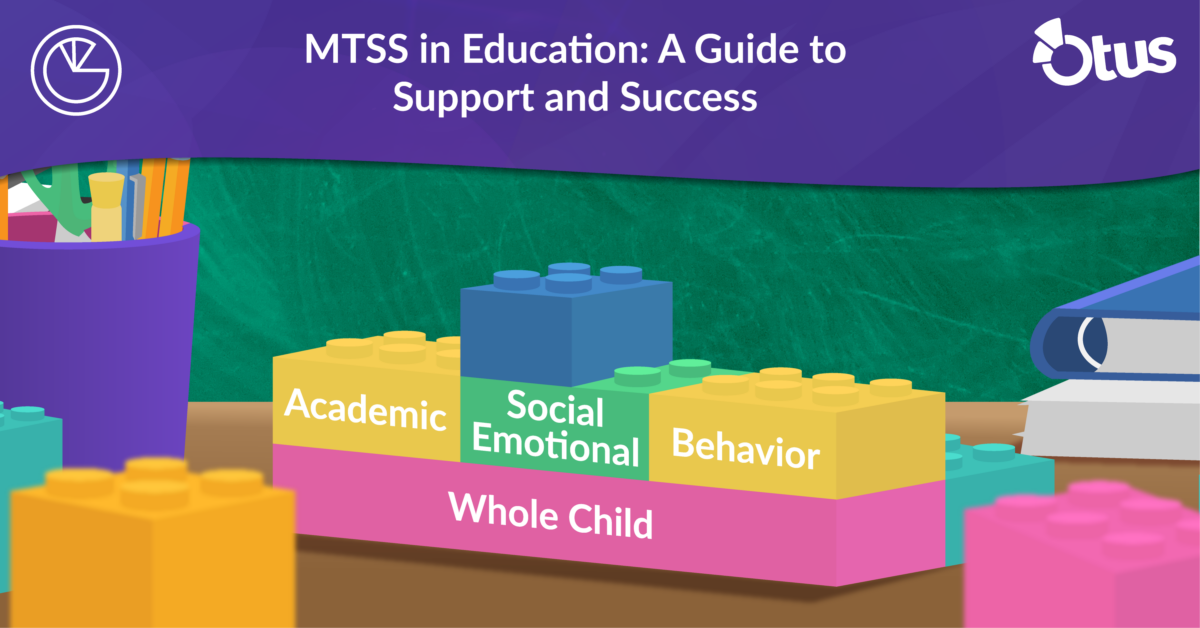What is Blended Learning?
Using classroom technology isn’t synonymous with blended learning. Because as Blended Learning Universe explains, blended learning involves students learning online (with some control over time, place, path, and/or pace) and in person.
The key for successful blended learning is for the online and face-to-face aspects to work together and form an integrated learning experience.
Benefits of Blended Learning
EdTech magazine discusses how blended learning programs give students freedom to learn at their own pace and teachers the ability to provide personalized remediation. Since classroom technology provides real-time insight into student progress, proactive adjustments can be made before a student’s progress if affected.
Blended learning has proven benefits. A RAND Corporation study assessed the effectiveness of Cognitive Tutor Algebra I (CTAI). CTAI is an algebra course developed by Carnegie Learning that blends classroom instruction and textbook-based activities with computer-based instruction. “In the second year of implementation at the high school level, schools using the CTAI curriculum showed significant improvement in student test scores compared with control group schools,” reported RAND Corporation. On average, the course moved students from the 50th percentile to the 58th percentile.
When implemented correctly, blended learning can improve student learning.
Choosing Blended Learning Models
So, what does blended learning actually look like? And how can you use blended learning to benefit your classroom? It is important to choose the most appropriate blended learning model and technology based on your needs and resources.
Choose a blended learning model. There are a variety of blended learning models to choose from:
- Station Rotation: Students rotate through stations on a fixed schedule. (At least one station is online.)
- Lab Rotation: Students rotate through stations and online learning occurs in a dedicated computer lab.
- Individual Rotation: Students rotate through stations tailored to their unique needs.
- Flipped Classroom: Students view online lectures at home and class time is used for teacher-guided practice.
- Flex: Students move on flexible schedules through learning activities based on their needs.
- A La Carte: Students take online and face-to-face teacher-guided courses.
- Enriched Virtual: Students complete the majority of coursework online (outside of school), but attend school for required face-to-face sessions with a teacher.
Use the right technology. No matter which model you choose, your access to, and familiarity with, the appropriate technology will benefit the effectiveness of your blended learning approach. For instance, if you want to use the flipped classroom model, your students need access to a personal device and WiFi outside of school. Your classroom goals, learning objectives, and instructional style should dictate your technology choice and blended learning model.
The Bottom Line
You can combine online learning with traditional face-to-face instruction to create an integrated learning experience for your students: choose a blended learning model and use the right technology to cultivate a classroom that loves blended learning.




